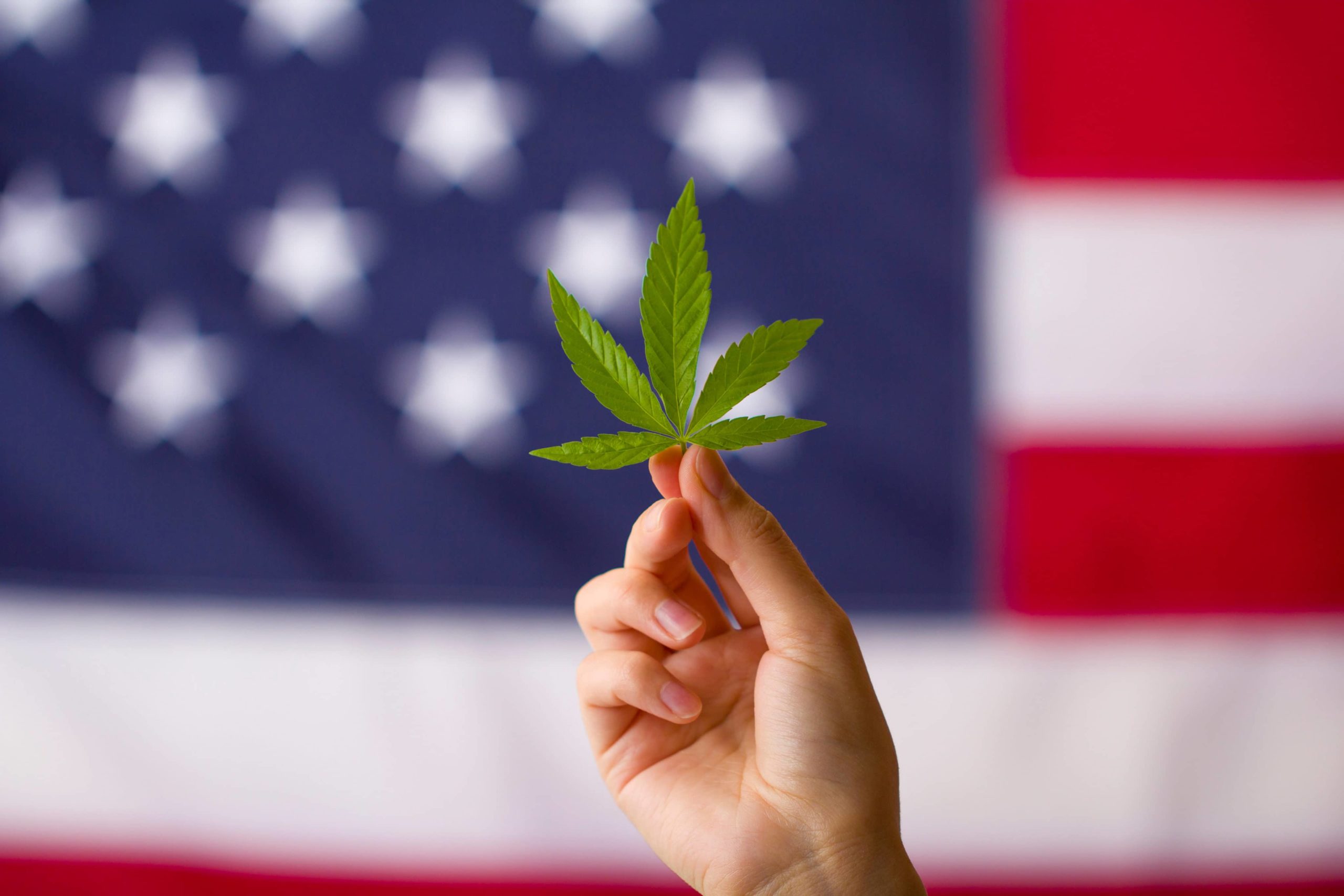
DEA aims to increase the cannabis and psilocybin quota for research purposes
On September 2, the DEA published a new document in the federal register calling for an increase in production for certain substances on List I and II so that further research studies can be initiated.
The article is titled “Proposed Adjustments to Aggregate Production Quotas for List I and II Controlled Substances and Assessment of Annual Needs for List I Chemicals Ephedrine, Pseudoephedrine and Phenylpropanolamine for 2021”, the article contains some important changes in particular for cannabis and psilocybin.
In the section of the document explaining the adjustments for 2021, the changes to cannabis and psilocybin are mentioned first. “DEA proposes a significant increase in the APQs of the substances psilocybin, psilocin, marijuana and marijuana extract on List I, which are directly related to the increased interest of DEA registrants in the use of hallucinogenic controlled substances for research and clinical study purposes” , DEA writes.
“DEA firmly believes in supporting regulated research into Schedule I controlled substances. Therefore, the APQ increases reflect the need to meet the research and development requirements in the manufacture of new drugs and, in particular, the study of the effects of marijuana as necessary steps for a possible approval of new drugs by the Food and Drug Administration (FDA). “
For many of the substances listed in a table, no changes were found between the “fixed quotas for 2021” and the “proposed revised quotas for 2021”. With a few exceptions, most of the entries that contained a change were only increased by 30 grams. However, the listing for psilocybin received a proposed increase from 30 grams to 1,500 grams, and Psilocyn received an increase from 50 grams to 1,000 grams. Likewise, “marijuana” received an increase from 1,500,000 grams to 2,000,000 grams, and the “marijuana Extrakt “quota rose from 200,000 grams to 500,000 grams.
The DEA doesn’t elaborate on why it’s suddenly so interested in studying psilocybin and psilocyn in large quantities, but the substance has received a lot of attention over the past year. The state of Oregon is about to vote on the psilocybin legalization initiative called IP-34 this November. California residents will also vote on California’s Psilocybin Decriminalization Initiative 2022 in November.
Canada launches psilocybin as a drug for four terminally ill patients. Many new studies are investigating the medicinal properties of the substance and finding that it is helpful in treating conditions such as depression. Some states in the US have lowered penalties for possessing psilocybin, while others have fully embraced it, as Ann Arbor, Michigan, declared September Entheogenic and Fungi Awareness Month.
For cannabis, the ongoing restriction as a List I substance will end at some point. A petition led by Dr. Sue Sisley, whose work is on medicinal cannabis to treat conditions like PTSD, tried to force the DEA to postpone cannabis. While the case was dismissed in the United States’ Ninth District Court of Appeals on August 30, 2021, District Judge Paul Watford wrote a statement as part of his ruling that reclassification of cannabis may be an option in the future.
“I agree that the petitioners have not exhausted their administrative remedies in this case and therefore I agree with the court’s opinion to reject their request for review,” wrote Watford. “I am writing separately to indicate that in an appropriate case, the Drug Enforcement Administration may be required to initiate a marijuana reclassification process, given the petitioners’ strong arguments that the agency misinterpreted the Control Act by failing concludes that marijuana ‘has’ no currently accepted medical use in treatment in the United States.’ “
Comments on the DEA’s latest article are open until October 4th.

Post a comment: